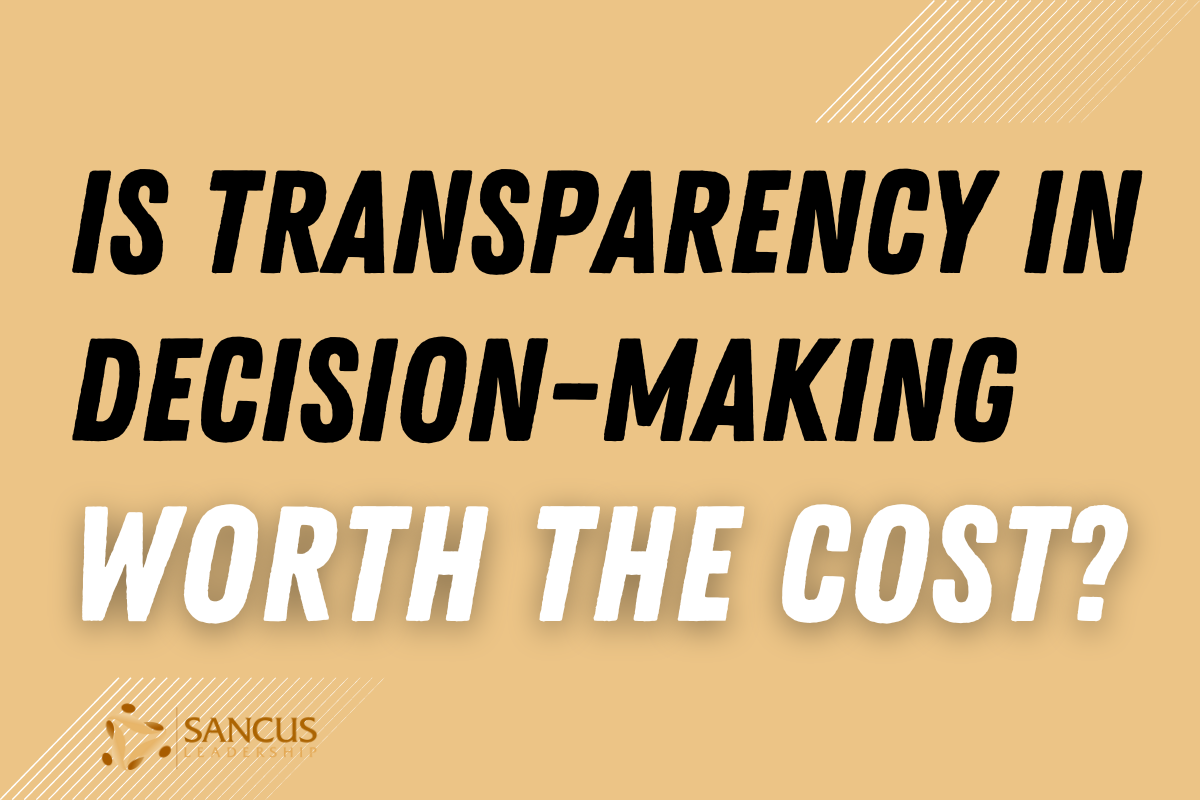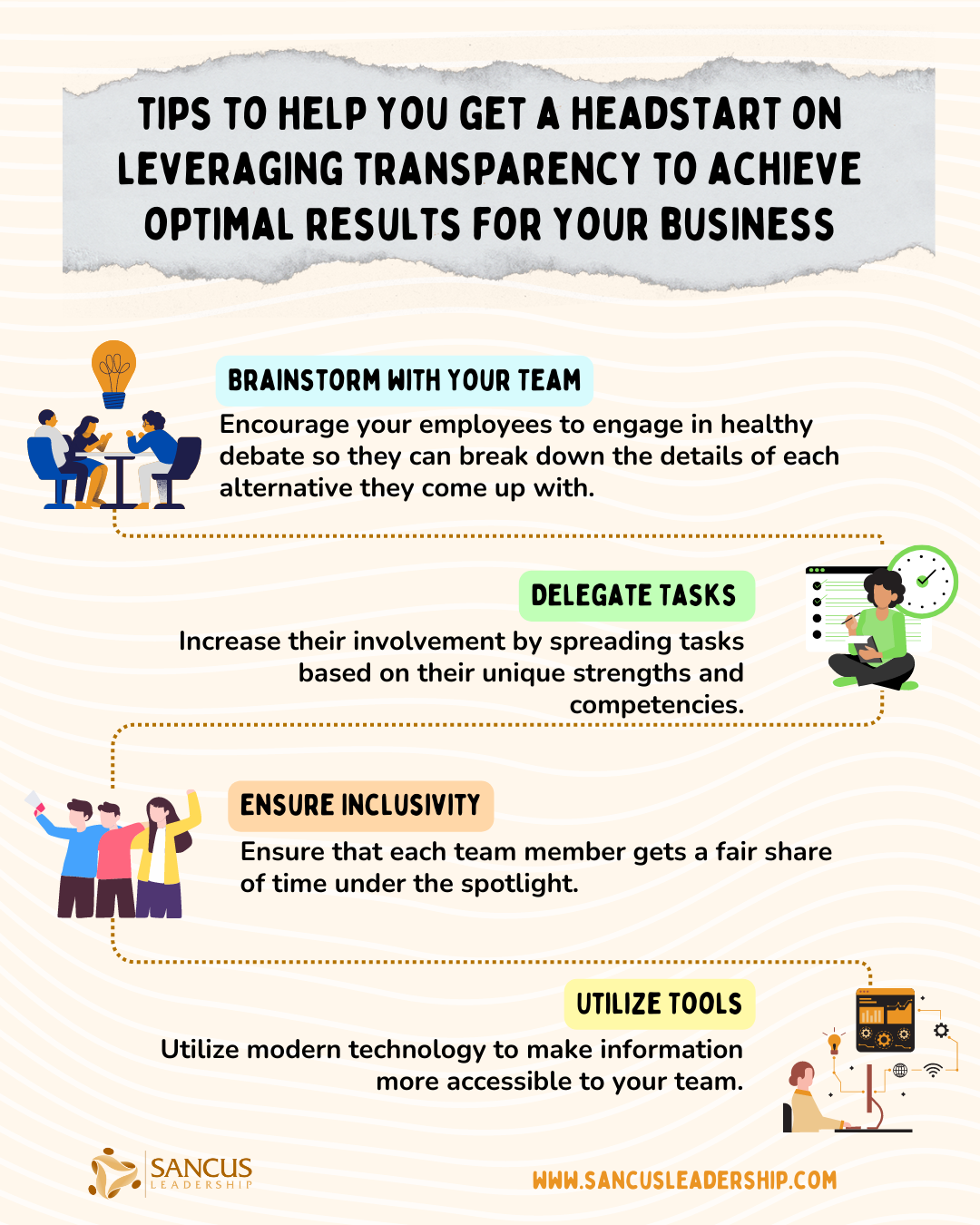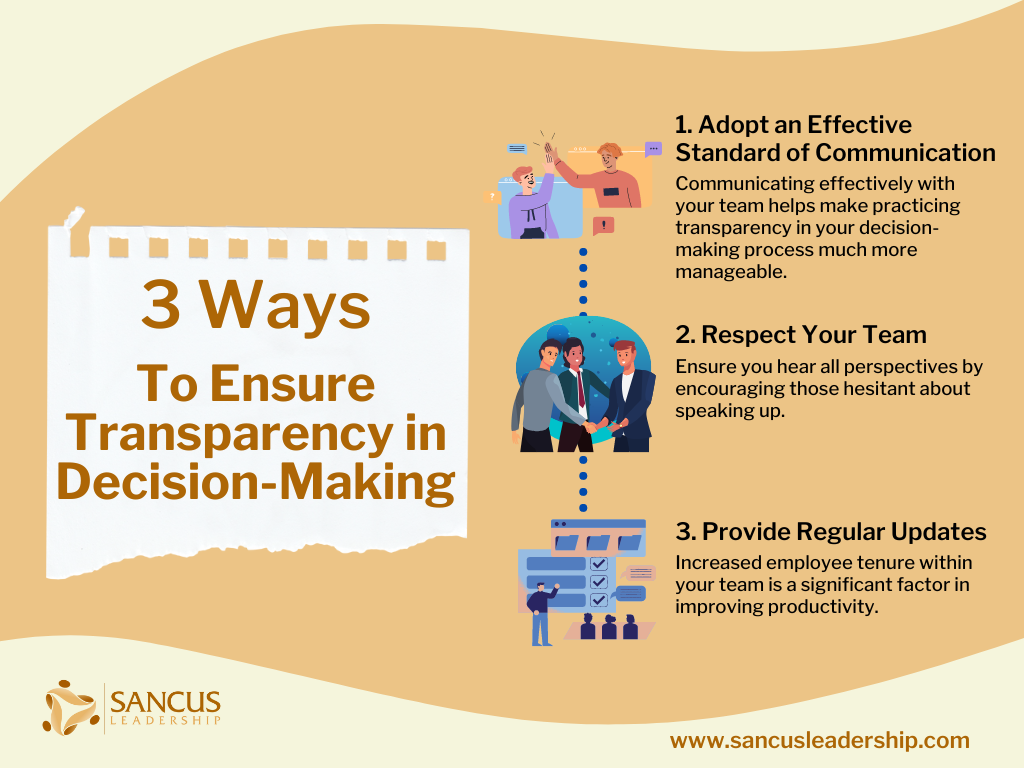True leadership is put to the test in times of upheaval because it’s easy to lead when things are going well. However, when a crisis hits, there’s no order or certainty of how things will unfold, and you need to stay calm and keep things operating normally. How should you respond unwaveringly in a crisis as a leader?
You lead in crisis by acknowledging it and being transparent about it to all the relevant stakeholders. Though you may have little information, acknowledging what you know and what you don’t know creates trust. After this, you must communicate the response plan and act urgently to restore order.
Leading in a crisis requires you to flip the leadership playbook. This article explores what you need to know when managing your team in a crisis and uncertainty.
Does Your Business Need a Crisis Management Plan? Find Out!
1. Acknowledge the Crisis and Inform the Stakeholders
When you know so little about something, it can be challenging to bring it out to the stakeholders. After all, you don’t have all the answers to reassure them you’re in control of the situation.
This is why most leaders push the problem into a corner or disappear when a crisis surfaces. However, in an age where information moves so fast, this creates more harm than good and can escalate suspicion and loss of trust.
A crisis requires transparency, and it’s vital to inform your employees of what you’re facing and tell them what you know about the situation and what you don’t know. Being honest and open gives people psychological safety.
Leadership in Routine and Crisis: What’s the Difference?
2. Communicate the Response Plan
A lack of answers doesn’t guarantee inaction. You must act urgently to contain the crisis and safeguard your business and your employee’s safety.
The best time to prepare for a crisis is before it occurs. If you have a crisis management plan covering the one you’re experiencing, now’s the time to refer to the document and communicate the proactive actions you need to take.
A crisis response plan communicates the following details:
- The team leader and all personnel who’ll be involved in the crisis management.
- The actions required to manage the crisis and how they should follow each other.
- The duties and responsibilities of the individuals involved in the crisis management process.
- The resources needed to manage the crisis.
Having a response plan eliminates confusion because everyone knows what to do. It also promotes efficiency while taking urgent actions.
Will Crisis Management Skills Actually Save Your Business?
3. Uphold the Core Values
Your priorities when handling a crisis should align with the business’s core values. Sadly, most managers succumb to the pressure and forget what their brand stands for. The aftermath? A tainted brand image for failing to uphold the values people appreciate about the company.
From the onset of the crisis, your team should know what matters most to the business. For instance, if you have differentiated your business by offering the best customer experience, don’t let go of that in times of crisis. Staying aligned with the core values in good and bad times inspires loyalty and a positive brand image.
4. Encourage Self-Leadership
A crisis requires urgency. And if your subordinates have to wait for your orders, delays will derail your response plan. Instead of using a phased approach, encourage your team to make decisions independently. However, you must be clear about what is acceptable and unacceptable to keep them aligned with the critical objectives.
Doing so relieves you of some duties to help you focus on the overall welfare of the business. Also, allowing your juniors to make decisions encourages autonomy, giving them a sense of purpose. This increases job satisfaction, and they might be unwilling to seek other work, even during hard times.
5. Create a Communication Channel
A communication plan is invaluable when managing a crisis. As the management team learns more details about the crisis, they need accurate information to reach the employees on time to avoid mistakes.
On the other hand, as employees activate the response plan, they’ll need to consult and inform the leading team of the progress. External stakeholders, such as customers, will also seek updates.
To ensure a timely and accurate flow of information, you should:
- Choose a communication head or a spokesperson.
- Create multiple communication channels, such as e-mail, Whatsapp, text messages, and Facebook.
- Have a message template to avoid errors when communicating.
6. Give Clear Orders
The last thing you want when managing a crisis is for your juniors to make assumptions about what you mean. Though they might be intuitive to execute orders in the business’s best interests, they might not know what you mean if you communicate ambiguously.
Before your staff implements your instructions, you should give them room to ask for clarification. Or ask them to explain what you expect of them because this will also help to give them an alternate course of action if the first option isn’t viable.
Where possible, giving examples or illustrations would make your order clearer, especially if they’ve never performed the task before.
If you want to master crisis leadership, you must first understand the Tasks, Roles & Experiences.
7. Listen to Your Employees
Employees always do the groundwork of executing the leader’s orders during a crisis. They get first-hand experience with what is working and what is not. Listening to their feedback helps you gain insights into how your business can cope better and how you can support them better.
When you incorporate your employees’ feedback into your response plan, they feel involved and motivated to find a solution that will bring stability to the business. This also bridges the gap between the business’s goals and your employees’ expectations.
The different ways of collecting employees’ feedback during a crisis include the following:
- Q&A: The internet has made things easier, and you can request your employees to take an open-ended or close-ended Q&A online. Ensure the questions relate to aspects that affect them directly.
- Surveys: They can help you get unbiased data from employees about your crisis response strategy. You can conduct surveys through chatbots, e-mail, or mobile apps.
- Direct engagement: You can create platforms to interact with your employees directly, such as Whatsapp groups or Slack.
8. Put the Welfare of Your Team First
Your employees are the key drivers of success. When a crisis occurs, they’ll deal with the pressure, stress, and increased workload, which can cause burnout. Unfortunately, the managing team tends to focus more on keeping the business intact and sometimes forget about their employees.
Doing so sends a message to the employees that you don’t care about them, which can lead to a loss of morale. Instead, you should practice empathy and keep your employees’ emotional and physical health before profit. But you should strike a balance to prevent people from perceiving your compassion as a weakness.
9. Be Present
When you’re present and accessible, people will be more proactive because they know you’re watching. Amidst your busy schedule, aim to have regular meetings with your team. The meetings could be physical or online, with an agenda to show your people that you acknowledge their efforts.
It also provides a platform to give updates on how far you have progressed in managing the crisis. During such meetings, you should remain positive and encourage your team to share their thoughts.
10. Stay Up-to-Date With Information
You typically learn more details about a crisis as it unfolds. And as the leader, you should be the first to know to help you make the best decisions for the business.
If the crisis affects the industry, you should create social media, news websites, and blog alerts to receive real-time information. You should also follow industry leaders and experts on social media and subscribe to their newsletters. This way, you’ll be among the first to know of any new development in your industry.
However, before acting on any information, verify it’s from a credible source to avoid misinformation that can disrupt your business.
5 Strategies For Leading Remote Teams During Crisis!
11. Lead by Example
Leading by example reflects more on your actions than your word. During a crisis, your team looks to you for direction. If you do what you tell your employees to do, they’ll be motivated to do it because your words are consistent with your actions.
To set the pace for your employees, be decisive and remain calm under pressure. And most importantly, stay positive. No one wants to hear a leader whining and complaining. Positivity breeds confidence, which your team will need more than ever during a crisis.
Leading by example has the following benefits:
- It shows your integrity and ethics as a leader: People are more likely to trust someone who’s honest and ethical in their actions.
- It builds trust and credibility: People trust and believe in you when your actions align with your words. They’ll respect you and have the will to follow you.
- It helps you nurture self-leadership in your team: You won’t have to follow up on your employees because they’ll have the self-drive and confidence to do what you expect of them.
12. Be Flexible and Adaptable
One unique characteristic of a crisis is volatility. Things will change quickly, and you’ll need to be flexible to adjust fast. You might need to shift your priorities or change your approach altogether, so don’t get attached to any one idea or plan. Be ready to let go of what’s not working.
Things may not remain as they were after the crisis, and you must be ready to adapt to the new norm. For example, many businesses had to adapt to remote work during the coronavirus pandemic lockdown. Those that could not adapt remained closed and, as a result, suffered an irrecoverable loss of revenue.
13. Expect Mistakes
Mistakes will inevitably happen due to rushed decisions. The focus should not be dwelling on them but learning from them and moving on. Remember, you’ll have limited time, and playing blame games will only slow you down and waste time.
However, you should not tolerate repeat mistakes. Once a mistake happens for the first time, it should be a learning lesson. If someone continues making the same mistakes, they’re not contributing to solving the problem, and you’ll need to take appropriate disciplinary action or reassign their roles to someone else.
14. Take Care of Your Mental Health
Most leaders find it hard to model healthy mental behaviors during a crisis. They want to restore order so badly that they forego their well-being for the sake of the business. Though you may not realize it, this affects how you make decisions, and it also makes you irritable and withdrawn.
Displaying these signs makes your team unwilling to interact with you, which can adversely affect the business. When managing a crisis, your mental health comes first. Take regular mental breaks, get plenty of sleep and rest, or find a therapist.
15. Foster Teamwork and Collaboration
Teamwork and collaboration during a crisis involve individuals and departments depending on each other in decision-making to minimize mistakes. When done properly, it enables the leading team to gather expertise from diverse backgrounds to evaluate the crisis from different angles.
It also facilitates the lines of communication and coordination, making it possible to restore normalcy sooner.
Efficient teamwork happens across the organization and not within departments or units. As the leader, you’ll have to lay an organizational hierarchy or a task force that interconnects the entire company. This requires you to share power with department heads who’ll work closely to ensure each business unit is in tandem with one another.
16. Rely on Trusted Advisors
Although you’re in charge of the long-term sustainability of the business, it doesn’t mean you know everything. And you’ll be more prone to making misinformed decisions during a crisis because you don’t know much about the situation. However, having people who can critique your choices and give unbiased opinions can help.
As a leader, you should be open and receptive to your advisor’s perspectives and be accountable to them. A team of two to three trusted advisors, knowledgeable and experienced in different fields, would serve you best.
Some qualities to look out for when choosing an advisor include:
- Availability: Your advisors should be easily accessible to minimize time wastage when making an urgent decision.
- Corporate experience: People who have been leading in the industry for more than ten years have garnered wisdom to help you make the right choices during a crisis.
- Trustworthiness: Your advisors should be people who can protect the confidentiality of your business. They’ll have access to your business’s secrets and should protect them from third parties.
Final Thoughts
A crisis demands more from your leadership skills because you cannot control how it unfolds. How you react can mend or break the business. Remember to:
- Value your communication channels and stay current with information.
- Use your core value as the guide.
- Put your people’s welfare before profits.
- Be flexible to accommodate unexpected changes in your response plan.


















